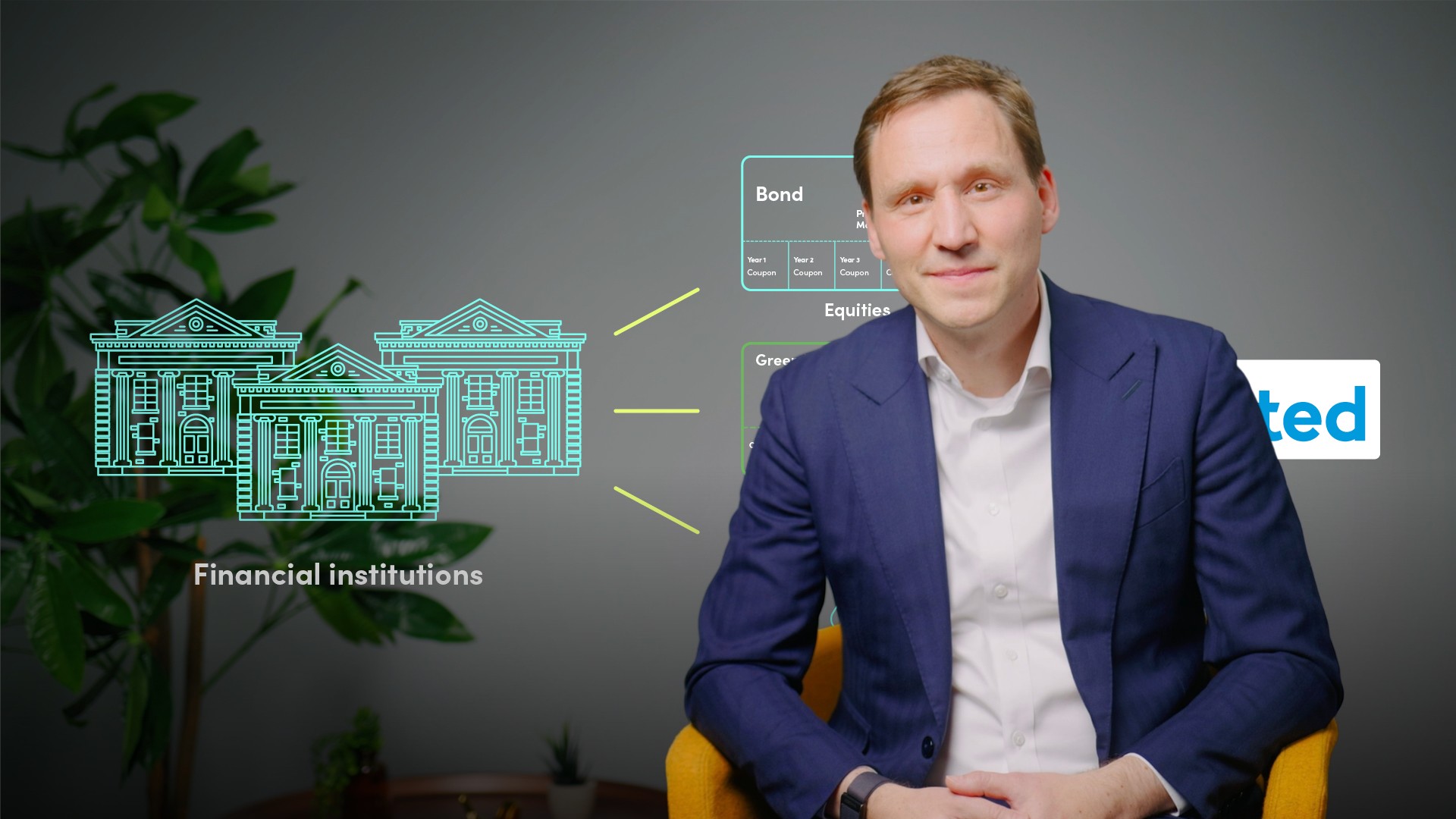
Does my Client have a Credible Transition Plan?

Martin McAspur-Lohmann
Assessing a client’s transition plan is key to ensuring sustainable finance decisions. In this video, Marin McAspurn-Lohmann explores how to gather relevant data, evaluate credibility using key criteria, benchmark against sector pathways, and engage clients effectively throughout their transition.
Assessing a client’s transition plan is key to ensuring sustainable finance decisions. In this video, Marin McAspurn-Lohmann explores how to gather relevant data, evaluate credibility using key criteria, benchmark against sector pathways, and engage clients effectively throughout their transition.

Does my Client have a Credible Transition Plan?
11 mins 53 secs
Key learning objectives:
Identify the key data sources needed to evaluate a client’s sustainability transition plan
Understand the criteria used to assess the credibility of a transition plan
Understand how sectoral benchmarks help compare a client’s progress against industry standards
Outline strategies for effective client engagement in transition planning
Overview:
To assess a client’s transition plan, financial institutions should collect data from sustainability reports, ESG disclosures, and third-party platforms like the Carbon Disclosure Project (CDP) and Science Based Targets initiative (SBTi). Critical metrics include:
- Greenhouse gas (GHG) emissions (Scope 1, 2, and ideally Scope 3)
- Energy sources and usage
- Resource consumption and waste management practices
- Net-zero strategies and progress reports
- Alignment with global targets – Does the plan aim for net zero by 2050?
- Clear milestones and metrics – Are progress tracking systems in place?
- Coverage of all relevant emissions – Does the plan address Scope 1, 2, and 3 emissions?
- Risk management strategies – How does the client handle financial, regulatory, and technological risks?
- Corporate governance – Are sustainability roles clearly defined within leadership?
- Stakeholder engagement – How does the company communicate its plan to investors and regulators?
- Third-party verification – Has the plan been audited or validated by organisations like the SBTi?
Assessing these factors helps institutions determine whether a client’s plan is robust and actionable.
Benchmarking involves comparing a client’s transition plan to sectoral pathways developed by industry bodies such as the IPCC, UNEP, and IEA. Financial institutions should evaluate:
- How quickly the client is transitioning relative to peers
- The ambition and feasibility of their net-zero targets
- The effectiveness of their strategies and technologies
This comparison identifies gaps and areas for improvement, allowing financial advisors to provide targeted recommendations.
- Providing green bonds, sustainability-linked loans, and transition financing
- Offering advisory services for risk management, M&A, and financial structuring
- Ensuring continuous monitoring and feedback to adapt strategies over time
Regular engagement, data-driven insights, and alignment with evolving sectoral benchmarks ensure that clients remain on track toward sustainability goals.

Martin McAspur-Lohmann
There are no available Videos from "Martin McAspur-Lohmann"

